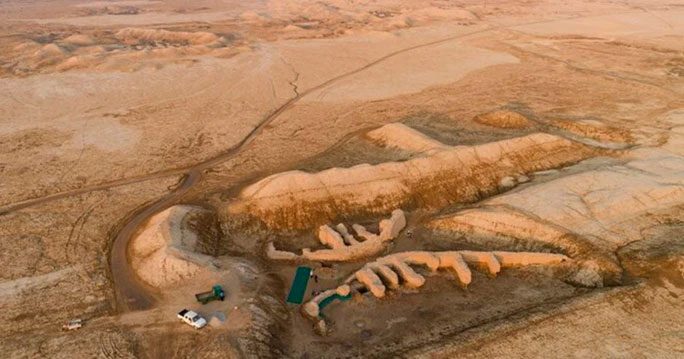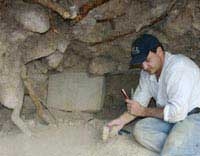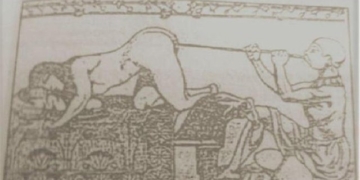A massive, oddly-shaped structure recently discovered in the rural areas of Iraq has been identified as the “Doomsday Machine”, featuring astonishing modern elements.
According to Ancient Origins, the device referred to by archaeologists as the “Doomsday Machine” is a unique lifesaving mechanism that helped ancient people combat deadly droughts.
“Doomsday Machine” was uncovered during the excavation of the ancient city of Girsu, which was occupied by the Sumerian civilization since the 3rd millennium BC.

“Doomsday Machine” recently revealed in Iraq – (Photo: BRITISH MUSEUM).
Renowned for their advanced civilization, the Sumerians created countless astonishing inventions to aid daily life, including the aforementioned strange machine.
The “Doomsday Machine” is actually a colossal structure resembling modern water pipeline systems designed to transport water from distant locations to support agriculture in times of drought.
It redirects water from the Tigris and Euphrates rivers into channels leading to wells and reservoirs located in the centers of populated areas. The most astonishing fact is that it is over 4,000 years old.
“There are no other examples of a similar structure in history to date. It is truly one of a kind,” said architect and conservator Ebru Torun from the British Museum in Iraq.
The structure may have been built as the population of the ancient city expanded alongside increasing water crises due to harsh weather conditions. With a level of scientific and technological knowledge far superior to contemporary civilizations, the people here managed to save themselves.
In addition to the “Doomsday Machine,” archaeologists responsible for the Girsu excavation have also discovered numerous important structures and artifacts that illustrate the history, religion, and politics of early Mesopotamian society.





















































